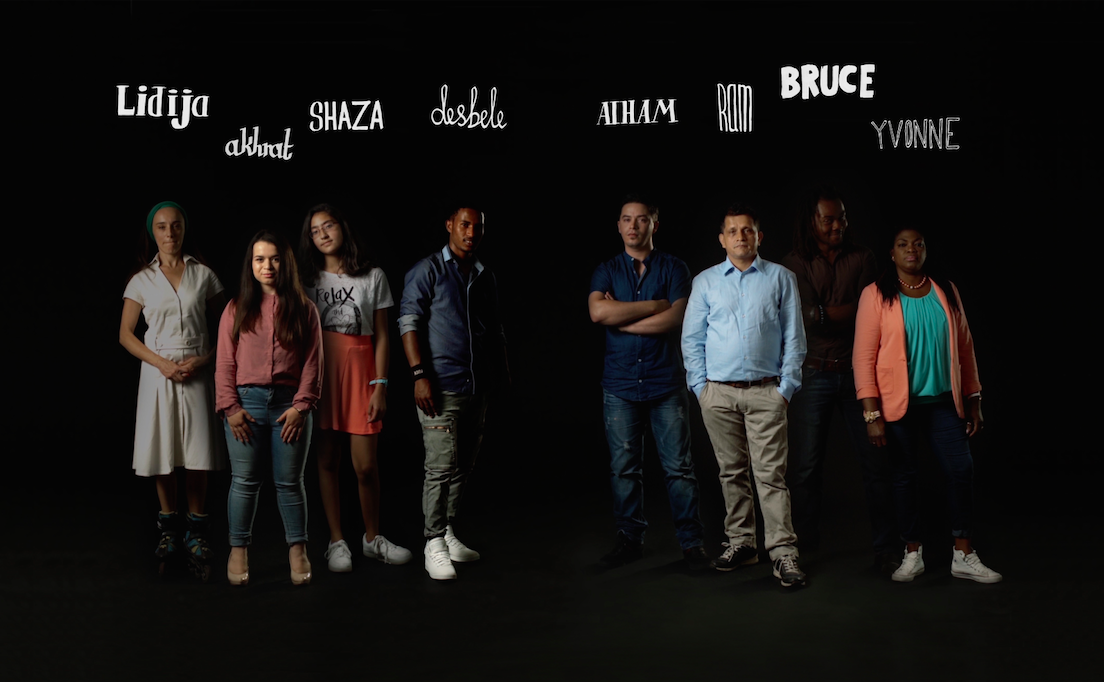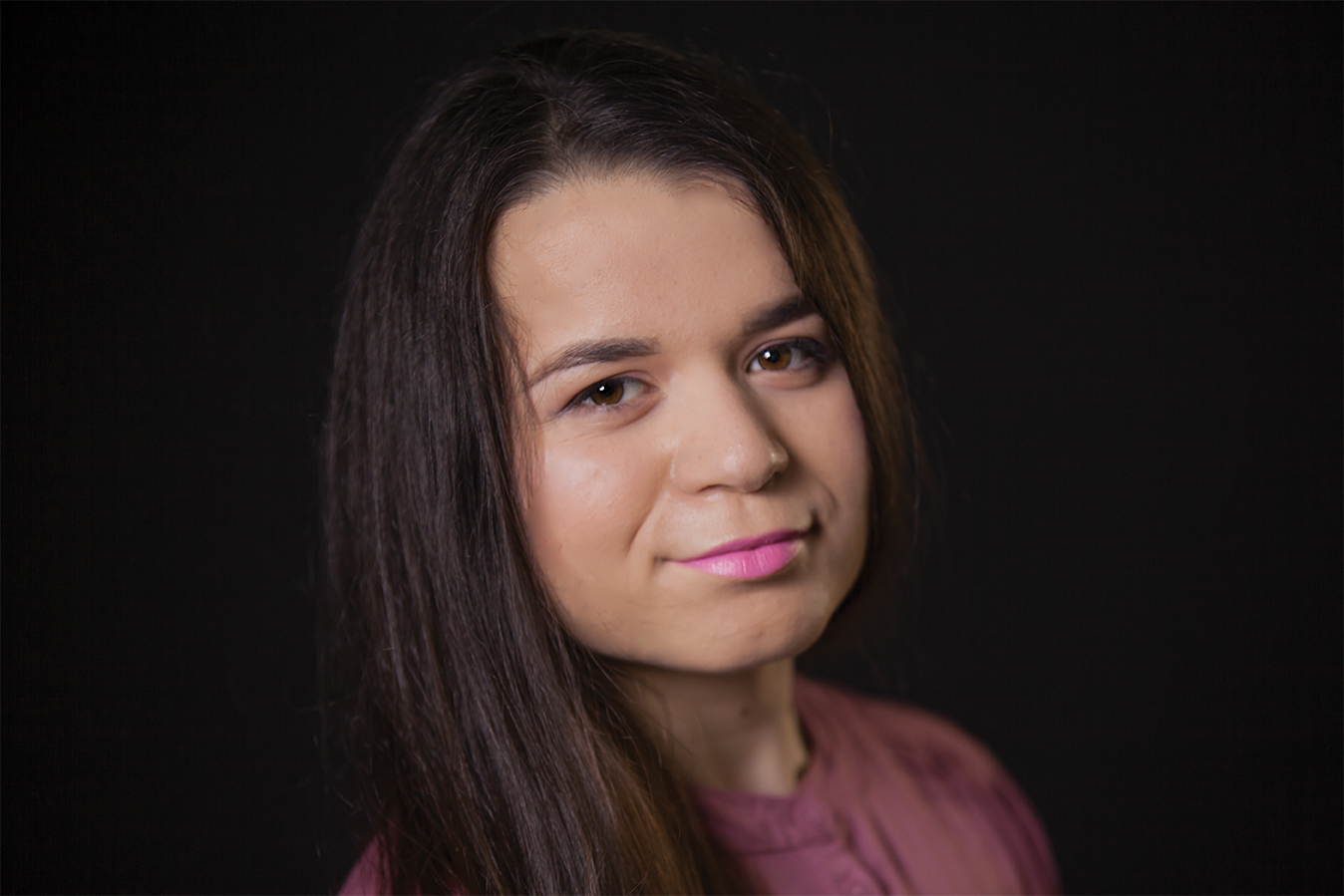To stop refugees from entering the country, the Austrian government announced in 2016 that it would build a fence along the border area between Austria and Italy. In The Border Fence, director Nikolaus Geyrhalter discusses this subject with local people, from police officers, hikers, farmers and toll collectors to café owners. The documentary reveals the often enunciated, but also doubted responses of ordinary people to the subject of refugees and European policies to stop them.
With a sharp eye, Nikolaus Geyrhalter (Homo sapiens, Our Daily Bread) explores the few square kilometres around the Brenner Pass. In 2016, this border between Austria and Italy suddenly became the setting for changing EU policy to the refugee crisis. After the closure of the Balkan route, Austria feared that refugees would flood through the Brenner Pass. So in the spring of 2016, the government took “construction measures”, a euphemism for putting up a fence.
Filmed in precisely composed shots, Geyrhalter conducted detailed interviews with local police officers, hikers, farmers, toll collectors and caféowners. We hear a wide spectrumof views, often remarkably balanced, and ranging from covert xenophobia to criticism of the populist government. Geyrhalter respects every opinion and makes no judgments.
Using wide-angle lenses and long shots, Geyrhalter uses hiscamera to record a static and almost immobile Tirol. In his portrait of locals and their deeply-rooted traditions, healso hints at the absurdity of the border, telling a larger, urgent story about the state of Europe.
Watch the trailer here:
Good to know
Director: Nikolaus Geyrhalter
Duration: 112 minutes
Subtitels: English subtitles
The open-air film starts after sundown, which is around 21:30. If it’s raining, the film will be screened indoors in the Genève hall. Drinks and snacks will be available on our terrace before the film starts.
Review
Modern Times Review: “The Border Fence draws out the anxieties and fears of a community in the grip of a shifting political landscape, provoking unavoidable parallels with an increasingly divisive Europe.”






